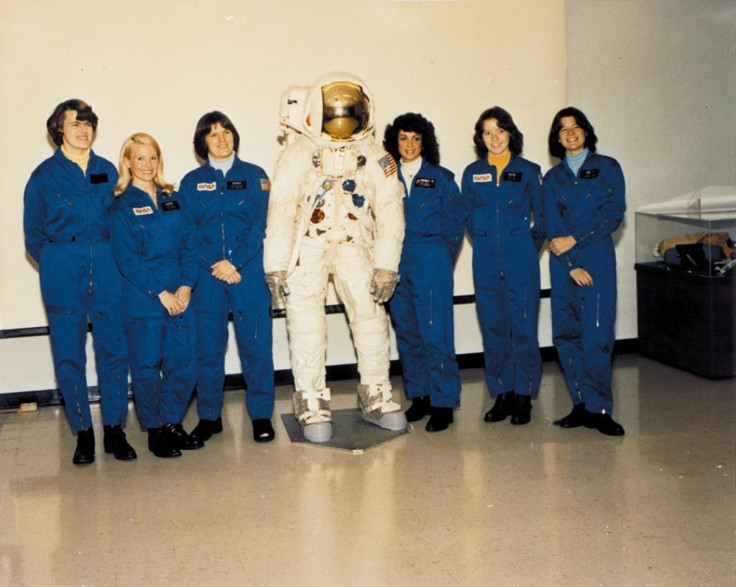Nasa thought the first female astronauts would need makeup and hundreds of tampons
One small step for woman, but a giant leap for mankind.

On 13 January 1978, Nasa made a small step for woman, but a giant leap for mankind.
Up until then, the National Aeronautics and Space Administration had only recruited men for its space missions. Women that worked for Nasa did so in the background.
It all changed when the first class of female astronauts was unveiled. The class of 1978 was the first class of astronaut to be selected since 1969. It consisted of 6 women: Sally Ride, Shannon Lucid, Margaret Seddon, Kathryn Sullivan, Judith Resnik and Anna Fisher.
All of these extraordinary women would go on to take part in at least one space mission each. Sally Ride became the first American woman to fly in space in 1983 (the first woman to ever orbit the Earth was Russian astronaut Valentina Tereshkova in 1963). Judith Resnik was the first Jewish-American in space, Kathryn Sullivan was the first woman to do a space walk, and Shannon Lucid became both the first mother to be selected as an astronaut candidate. She was also the first American woman to fly and work on the Mir Station.
"We didn't want to become 'the girl astronauts,' distinct and separate from the guys. All of us had been interested in places that were not highly female, and just wanted to succeed in the environment, at the tasks, and at all the other dimensions of the challenge," Sullivan said.
But being Nasa's first female astronauts led to hilarious situation, like when engineers decided women would want to put makeup on in space: ""The engineers at Nasa , in their infinite wisdom, decided that women astronauts would want makeup, so they designed a makeup kit. A makeup kit brought to you by Nasa engineers," Sullivan recalled.
When Sally Ride embarked on her first space mission, which was due to last a week, engineers famously made sure that she would get all the tampons she needed. "Is 100 the right number?" they asked. "No. That would not be the right number," she replied, adding that they could easily cut that figure in half.
Tragically, Judith Resnik was one of the seven people to die during the Challenger Disaster of 1986, three years after she had flown her first mission.
Although the class of 1978 is seen as the first official class of female astronauts Nasa ever had, a previous initiative had already tried to send women to space.
In the early 1960s another group of women was selected to become astronaut trainees. These 13 women would undertook tests to see if they had what it takes to become astronauts. They're known as the Mercury 13. Sadly, none of the 13 got the chance to fly on a space mission. We had to wait until 1978 and Sally Ride to see that happen.






















